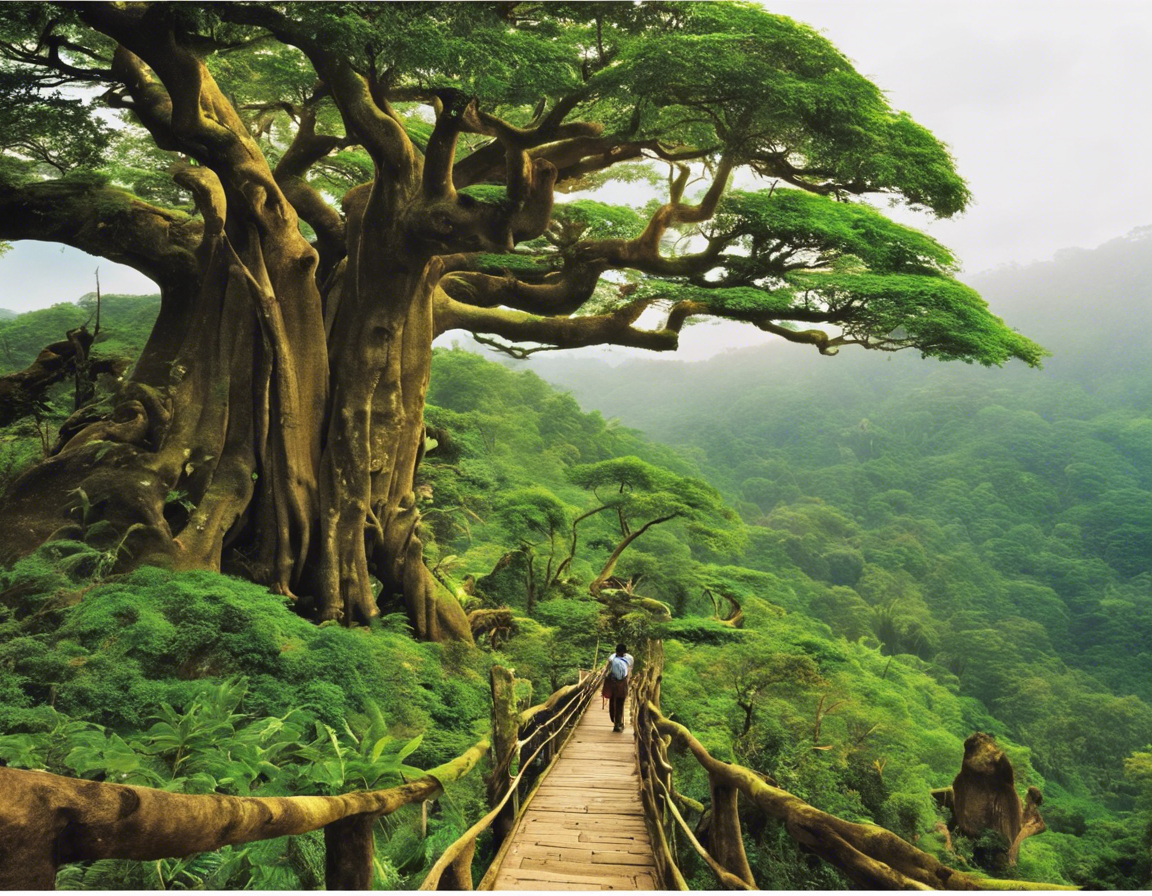The world is home to a diverse range of forests that boast unique characteristics and play a critical role in maintaining the ecological balance of our planet. Among these, World Heritage Forests stand out as exceptional sites that have been recognized for their outstanding universal value. These forests have been inscribed on the prestigious UNESCO World Heritage List, which aims to protect and preserve cultural and natural heritage around the globe. In this article, we will delve into the fascinating world of World Heritage Forests, exploring their significance, biodiversity, threats they face, and the conservation efforts being made to safeguard these invaluable ecosystems.
Understanding World Heritage Forests
World Heritage Forests are designated sites that have been selected for their exceptional natural importance and are considered to be of outstanding universal value. These forests are part of the wider UNESCO World Heritage program, which seeks to identify and protect places of cultural and natural significance. The inscription of a forest on the World Heritage List signifies its unique ecological features, biodiversity, and the need for its conservation and protection for future generations.
Biodiversity in World Heritage Forests
One of the defining characteristics of World Heritage Forests is their incredible biodiversity. These forests are home to a vast array of plant and animal species, many of which are endemic and found nowhere else on Earth. The rich diversity of flora and fauna in these forests plays a crucial role in maintaining the ecosystem’s health and resilience. From the towering trees of the Amazon rainforest to the ancient cedars of Lebanon, each World Heritage Forest has its own distinct ecosystem and species that contribute to the global biodiversity.
Threats to World Heritage Forests
Despite their importance, World Heritage Forests face a range of threats that endanger their integrity and long-term survival. Deforestation, illegal logging, climate change, habitat destruction, and invasive species are some of the key challenges that these forests confront. Human activities such as agriculture, mining, and infrastructure development also pose significant threats to the delicate balance of these ecosystems. The loss of World Heritage Forests not only impacts the environment but also has profound implications for local communities and indigenous peoples who depend on these forests for their livelihoods and cultural practices.
Conservation Efforts and Sustainable Management
Recognizing the critical importance of World Heritage Forests, various conservation organizations, governments, and local communities are working together to protect and sustainably manage these precious ecosystems. Conservation efforts include the establishment of protected areas, implementation of sustainable forestry practices, community-based conservation initiatives, and international cooperation to combat illegal logging and wildlife trafficking. Additionally, raising awareness about the value of World Heritage Forests and promoting ecotourism can help generate support for their conservation and contribute to local economies.
Examples of World Heritage Forests
- Daintree Rainforest, Australia: Located in Queensland, the Daintree Rainforest is one of the oldest tropical rainforests in the world and is home to a diverse range of plant and animal species.
- Yakushima, Japan: This mystical island is renowned for its ancient cedar forests, some of which are thousands of years old, and its unique flora and fauna.
- Sundarbans, Bangladesh/India: The largest mangrove forest in the world, the Sundarbans is a critical habitat for the Bengal tiger and other endangered species.
- Mont Perdu, France/Spain: A mixed cultural and natural World Heritage Site, Mont Perdu is home to stunning forests, high mountain landscapes, and unique biodiversity.
- Tongariro National Park, New Zealand: This park features diverse ecosystems, including beech forests, alpine meadows, and volcanoes, and is of great cultural significance to the Maori people.
Frequently Asked Questions (FAQs)
1. What criteria are used to select World Heritage Forests?
World Heritage Forests are selected based on criteria such as exceptional natural beauty, geological significance, biodiversity, and ecological processes that are of universal value.
2. How many World Heritage Forests are there globally?
As of now, there are over 200 natural World Heritage Sites listed by UNESCO, with a significant number of them being forests.
3. What are the benefits of designating a forest as a World Heritage Site?
Designating a forest as a World Heritage Site helps raise global awareness about its importance, provides funding for conservation efforts, and ensures its protection for future generations.
4. How can individuals contribute to the conservation of World Heritage Forests?
Individuals can support conservation efforts by practicing sustainable living, supporting organizations working to protect forests, spreading awareness about the importance of forests, and engaging in responsible ecotourism activities.
5. Are all World Heritage Forests strictly off-limits to human activities?
While World Heritage Forests are protected sites, some activities such as sustainable forestry, research, and responsible tourism may be permitted in designated zones to ensure the balance between conservation and human use.
In conclusion, World Heritage Forests are invaluable treasures that deserve our utmost care and protection. By recognizing their significance, addressing the threats they face, and engaging in conservation efforts, we can ensure that these forests continue to thrive for generations to come. Let us celebrate the beauty and diversity of World Heritage Forests and work together to preserve them for the benefit of all living beings on our planet.
